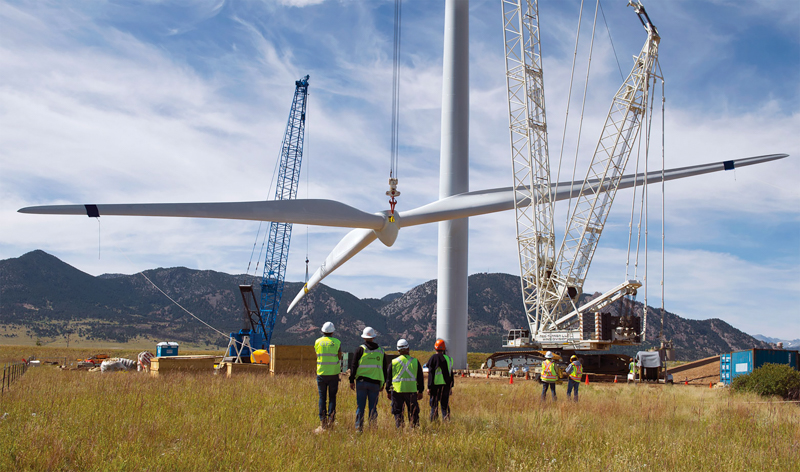Over the past few months, The Harlem Times has reviewed various industries that are fueling the astronomical rise of Africa on the world’s economic stage. The key to Africa’s continual growth and development in the future will hinge on whether the continent can capitalize on its natural resources and produce enough power to keep up with demand over the next few decades.
According to a World Bank report “Infrastructure in Sub-Saharan Africa,” the energy sector is currently Africa’s “largest infrastructure deficit.” The report claims that although sub-Saharan Africa contains 48 countries and roughly 800 million people, the combined annual power supply is only 68,000 megawatt hours, or less than that of Spain, a country with only 45 million inhabitants.
A UN report took those numbers further: South Africa produces the vast majority of the power supply in Africa, 44,000 megawatt hours annually. The rest of the continent has power supply comparable to two-thirds of the annual consumption rate of New York City.
Meanwhile, as a booming middle class is forming across Africa, demand for more electricity is only beginning to increase. According to the Electricite de Djibouti, the state-owned utility corporation, peak demand is expected to more than triple by 2020, and increase four and a half fold by 2022.
By not having a reliable infrastructure, people must resort to diesel generators, which can be more than four times costlier to fuel and maintain. Without steady supply of cheap power, production and manufacturing products for mass consumption becomes nearly impossible for any business on the continent. It is utterly crucial that Africa get a grasp on its energy infrastructure, because the inability for the continent to produce power on par with other locations in the developing world means that Africa can be exploited by foreign opportunists.
“It means somebody can buy your raw materials, take them to Asia or Europe, refine them and sell back processed goods to you,” said Kandeh Yumkella, the Special Representative of the UN Secretary-General for Sustainable Energy for All in a UN report.
Countries do see an opportunity to capitalize on their natural resources. Although oil production is common in North Africa and Kenya, the most notable infrastructure development is occurring in East Africa, along the Great Rift Valley.
The countries along the rift valley, led by Ethiopia, are creating cutting edge geothermal and hydroelectric power plants, investing in not only the potential of its people, but also clean and renewable energy. Ethiopia estimates it has more than 55,000 megawatt hours of untapped energy in hydroelectric, geothermal, and wind power potential and has implemented a 25 year plan to build a energy industry aimed at supplying power to the bulk of sub-Saharan Africa. Donald Kaberuka, head of the African Development Bank, said that Ethiopia is viewing energy production as a commodity, rather that a service. Ultimately, the country will treat “energy as an export sector the way you export gold,” said Keberuka.
The future is bright for Africa. The continent is coming into its own as a viable powerhouse on the economic stage; nascent industries normally reserved for fully developed countries, such as automakers and STEM think tanks are cropping up across sub-Saharan Africa. Now, the final key to African success is in place: countries are taking charge of their energy infrastructure.
____________________
According to the World Bank the energy sector is currently Africa’s “largest infrastructure deficit.”
“It means somebody can buy your raw materials, take them to Asia or Europe, refine them and sell back processed goods to you,” — Kandeh Yumkella
Ethiopia plans to treat “energy as an export sector the way you export gold.” —Donald Kaberuka
The final key to African success is in place: countries are taking charge of their energy infrastructure.

